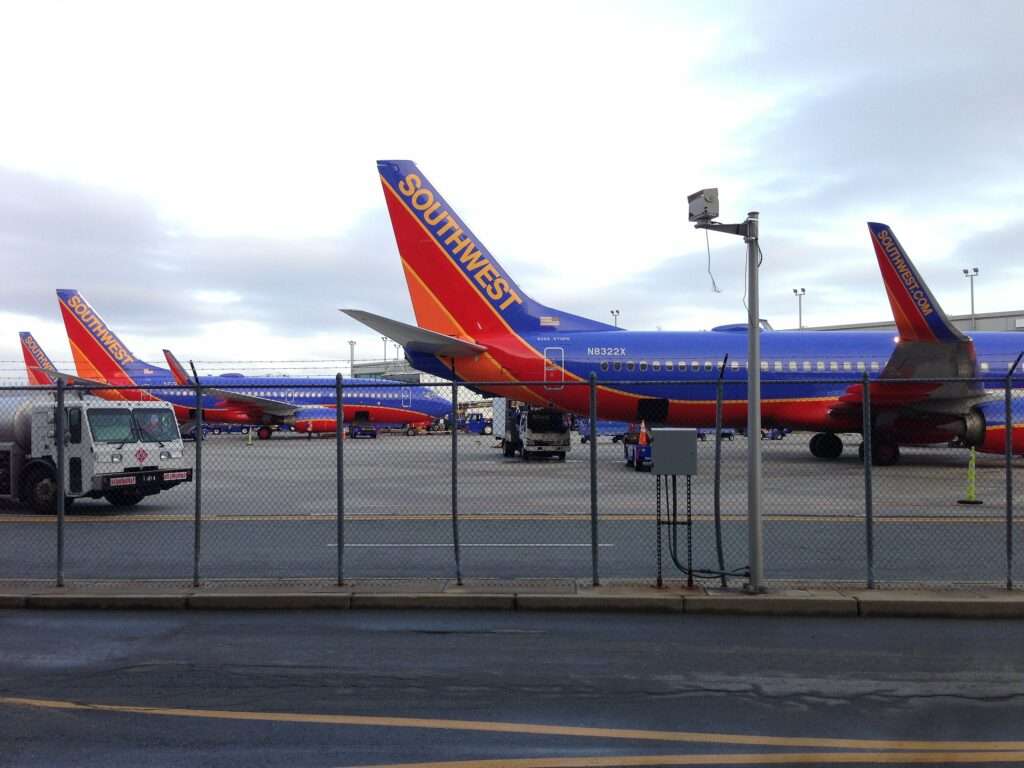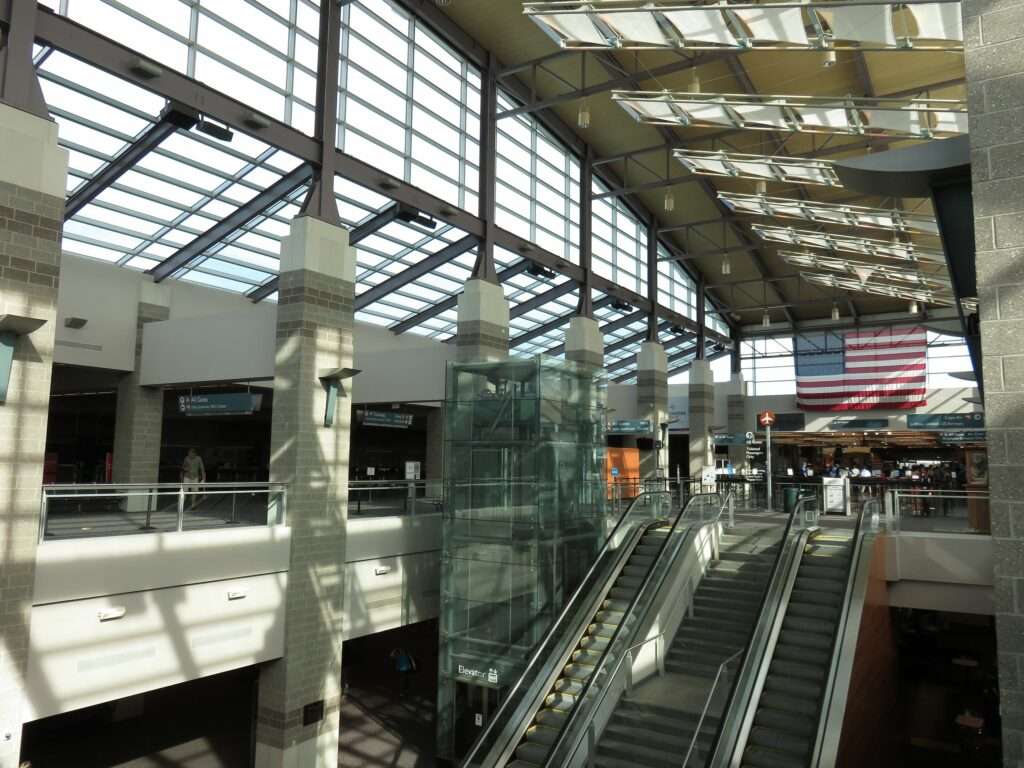Nestled in Warwick, Rhode Island, T.F. Green International Airport (PVD) boasts a rich history intertwined with the state’s growth and the evolution of air travel.
From its modest beginnings in the early 1930s to its current status as a recognized regional hub, T.F. Green has played a pivotal role in connecting Rhode Island to the nation and beyond.
Taking Flight: The Early Years (1931-1960)
The story of T.F. Green begins in the late 1920s, fueled by the burgeoning aviation industry.
Recognizing the potential for air travel to boost Rhode Island‘s economy and connectivity, the state government identified a site in Warwick for a new airport.
In 1931, the airport officially opened its doors, christened “State Airport” but quickly nicknamed “Green Airport” after Theodore Francis Green, a former Rhode Island governor and influential senator.
The early years were marked by gradual growth. Eastern Air Lines, the dominant carrier at the time, offered limited passenger service.
The airport primarily catered to private aviation and served as a training ground for military pilots during World War II.
Post-War Expansion and the Jet Age (1960-1990)
The post-war era witnessed a significant leap forward for T.F. Green.
The burgeoning jet age revolutionized air travel, and the airport underwent a series of expansions to accommodate larger and faster aircraft.
New terminals were constructed, runways were extended, and instrument landing systems were installed.

The 1960s saw a surge in passenger traffic, driven by the rise of commercial airlines like Eastern, National, and Delta.
T.F. Green became a popular choice for travelers due to its convenient location and less congested environment compared to Boston’s Logan International Airport.
However, the 1970s and 1980s brought challenges.
Deregulation of the airline industry led to increased competition, with some carriers scaling back operations at T.F. Green.
The 1978 bankruptcy of Eastern Air Lines, a major player at the airport, dealt a significant blow.
Transformation and Recognition (1990-Present)

The 1990s marked a period of revitalization for T.F. Green.
The Rhode Island Airport Corporation (RIAC) took over the airport’s management in 1996, ushering in a new era of strategic development.
A major renovation project transformed the main terminal, named after former Governor Bruce Sundlun, into a modern and user-friendly space.
The focus shifted towards attracting new airlines and expanding service options.
This strategy proved successful, with carriers like Southwest Airlines and JetBlue establishing a presence at T.F. Green.
The airport also made significant investments in technology, security, and passenger amenities, further enhancing its appeal.
T.F. Green’s efforts were rewarded with recognition.
In 2022, it was named the “4th Best Airport in the United States” by Condé Nast Traveler’s Readers’ Choice Awards, a testament to its commitment to providing a positive travel experience.
Today, T.F. Green stands as a vital transportation hub for Rhode Island and the surrounding region.

It offers an average of nearly 100 daily nonstop flights to various domestic destinations and some international connections.
The airport serves as a gateway to business and leisure travel, contributing significantly to Rhode Island’s economy and tourism industry.
Looking Ahead: The Future of T.F. Green
As the aviation landscape continues to evolve, T.F. Green remains committed to growth and innovation.
Plans are underway for further infrastructure improvements, including potential runway expansions and terminal upgrades.
The airport is also exploring sustainable practices to reduce its environmental impact.
With its focus on passenger experience, strategic partnerships, and commitment to modernization, T.F. Green International Airport is well-positioned to maintain its status as a leading regional hub, connecting Rhode Island to the world for years to come.

Click the banner to subscribe to our weekly newsleter.

Click the photo to join our WhatsApp channel so then you can stay up to date with everything going on in the aviation industry!









